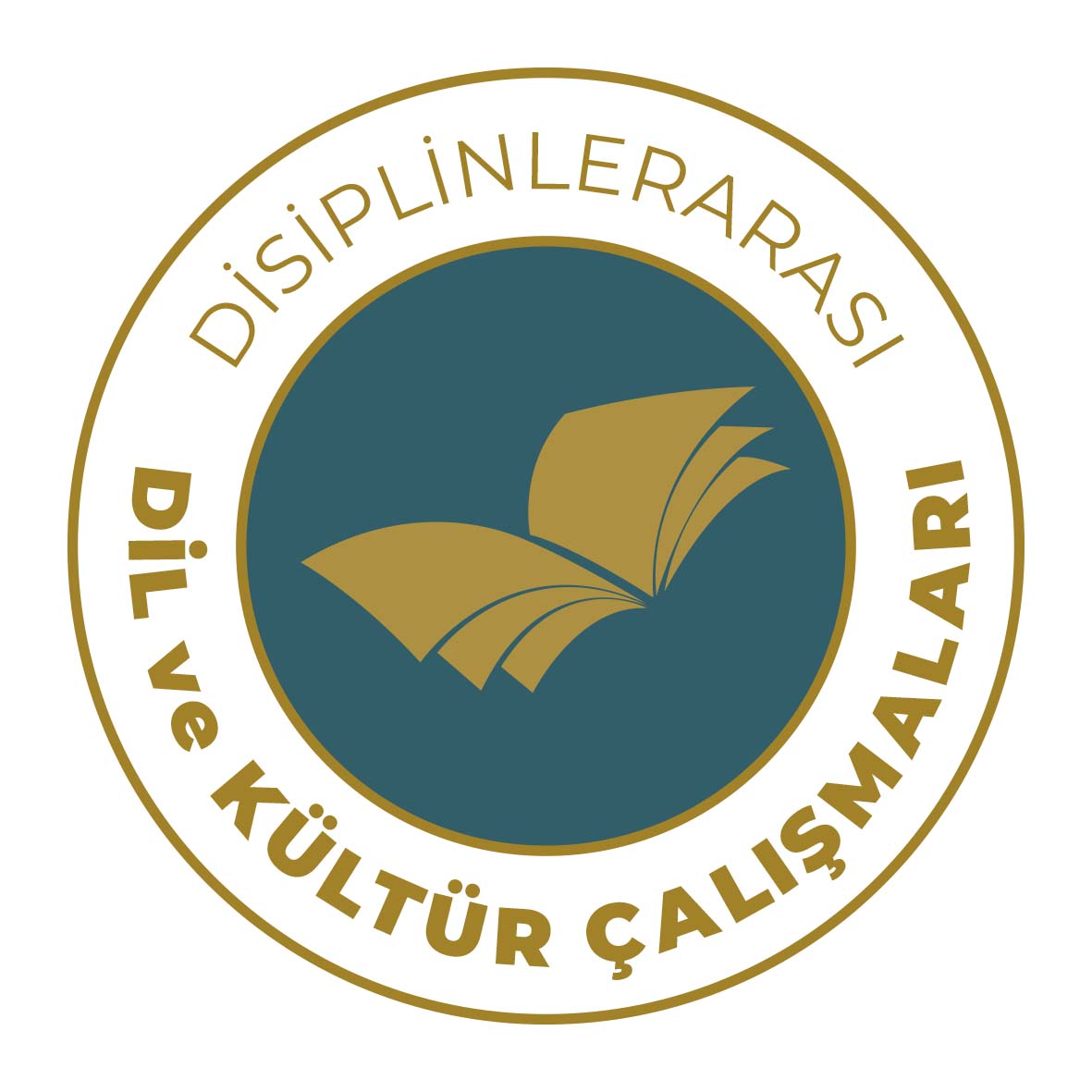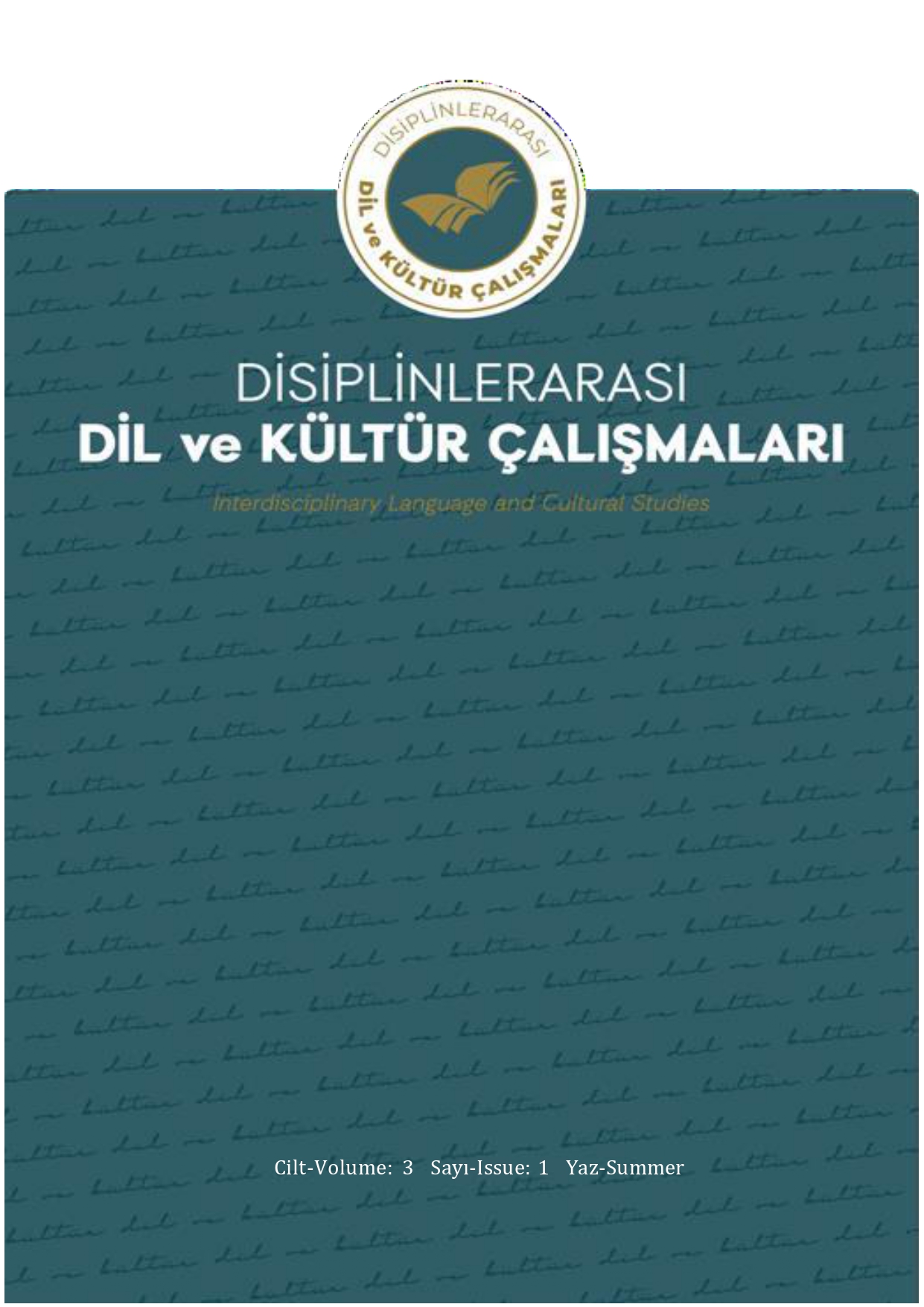Türkçenin Yabancı Dil Olarak Öğretiminde Kullanılan Yaklaşım ve Yöntemler
DOI:
https://doi.org/10.5281/zenodo.15766467Anahtar Kelimeler:
Türkçenin Yabancı Dil Olarak Öğretimi, yaklaşım, yöntem, dil öğretimi, yabancı dilÖzet
This study provides a comprehensive analysis of the theoretical approaches and practical methods used in teaching Turkish as a foreign language. Language education today aims not only to develop communicative competence but also to foster intercultural understanding and support individual growth. Within this framework, the concept of “approach” refers to a theoretical orientation that guides the direction and structure of language instruction. The study focuses on four key approaches: behaviorist, nativist (mentalist), cognitive, and constructivist. The behaviorist approach views language learning as the result of stimulus-response patterns reinforced through repetition. In contrast, the nativist perspective, as introduced by Chomsky, argues that humans possess an innate capacity for language acquisition. The cognitive approach treats learning as an active mental process in which learners construct knowledge through conscious effort. Meanwhile, the constructivist approach emphasizes the integration of prior knowledge with new experiences, placing the learner at the center of the learning process. In terms of methodology, the study reviews the grammar-translation, direct, audio-lingual, audio-visual, cognitive, and communicative methods. Each method is examined in relation to its historical background, theoretical foundation, and pedagogical objectives. Special attention is given to the communicative method, which prioritizes meaningful language use in social contexts over rote learning or perfect grammar. Ultimately, the study highlights the importance of learner-centered, meaning-focused, and interaction-driven instruction. By bridging theoretical understanding with classroom practice, it offers valuable insights and practical guidance for educators aiming to create effective, engaging, and contextually relevant language learning environments.
Referanslar
Abbott, J., & Ryan, T. (1999). Constructing knowledge, reconstructing schooling. Educational Leadership, 57(3), 66-69.
AOBM. (2001). Diller için Avrupa Ortak Başvuru Metni. Ankara: MEB.
Aydın, C. H. (2000). Öğrenme ve öğretme kuramlarının eğitim iletişimine katkısı, Kurgu Dergisi, 17, 183-197.
Baş, G. (2012). İlköğretim öğrencilerinin yapılandırmacı öğrenme ortamına ilişkin algılarının farklı değişkenler açısından değerlendirilmesi. Eğitim ve Öğretim Araştırmaları Dergisi, 1(4), 203-215.
Besse, H. (1985). Méthodes et pratiques des manuels de langue. Paris: Credif.
Bourguignon, C. (2011). L'enseignement des langues et le CECRL: d'une logique de contenu http://www.cndp.fr/crdpdijon/IMG/pdf/Bourguignon_logique_projet_ens_langues_2011.pdf sayfasından erişilmiştir.
Bozbeyoğlu, S. (2000). Enseignement du français langue étrangère. Ankara: Şahin Matbaa.
İndir
Yayınlanmış
Nasıl Atıf Yapılır
Sayı
Bölüm
Lisans
Telif Hakkı (c) 2025 Disiplinlerarası Dil ve Kültür Çalışmaları

Bu çalışma Creative Commons Attribution 4.0 International License ile lisanslanmıştır.



